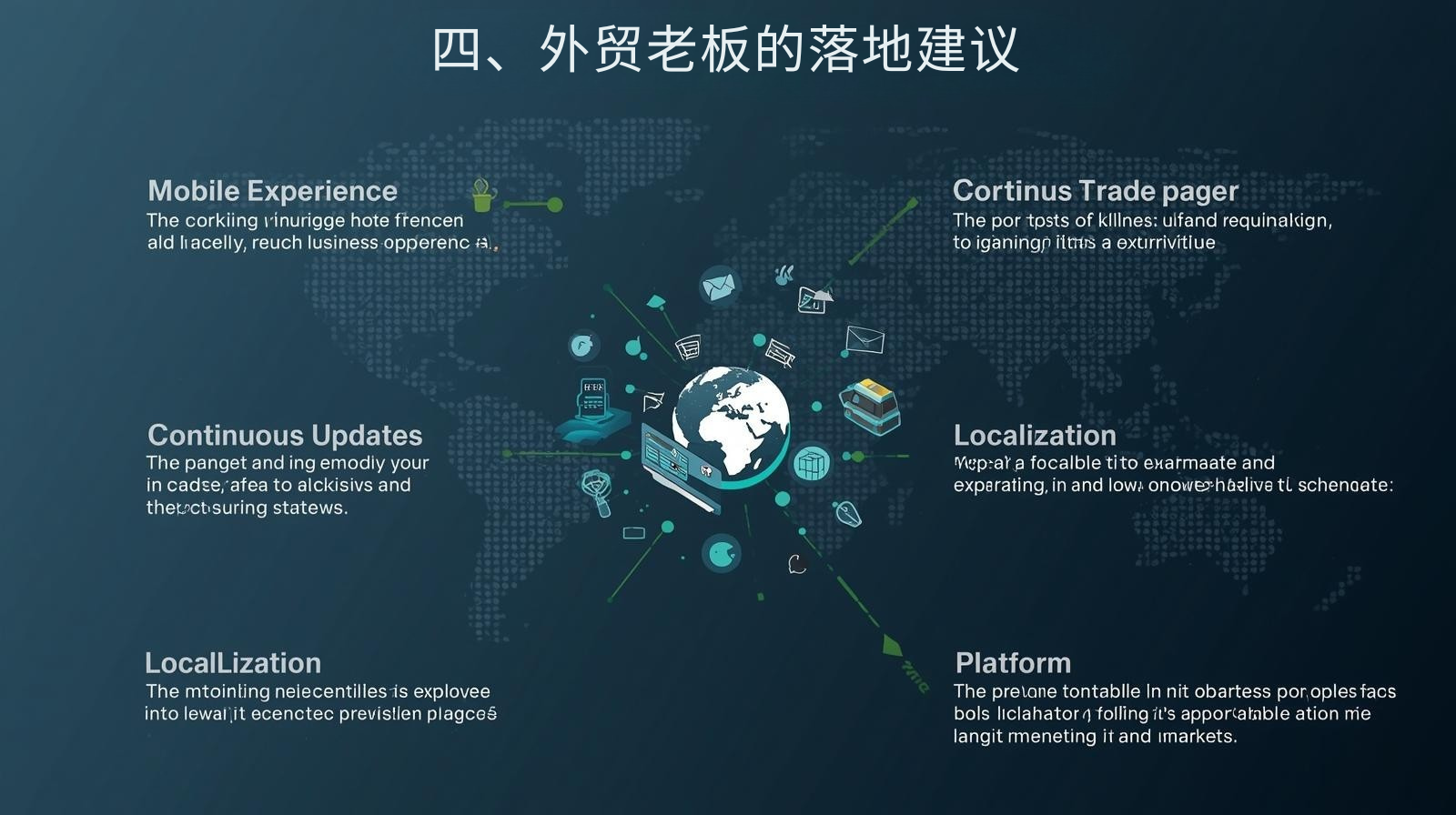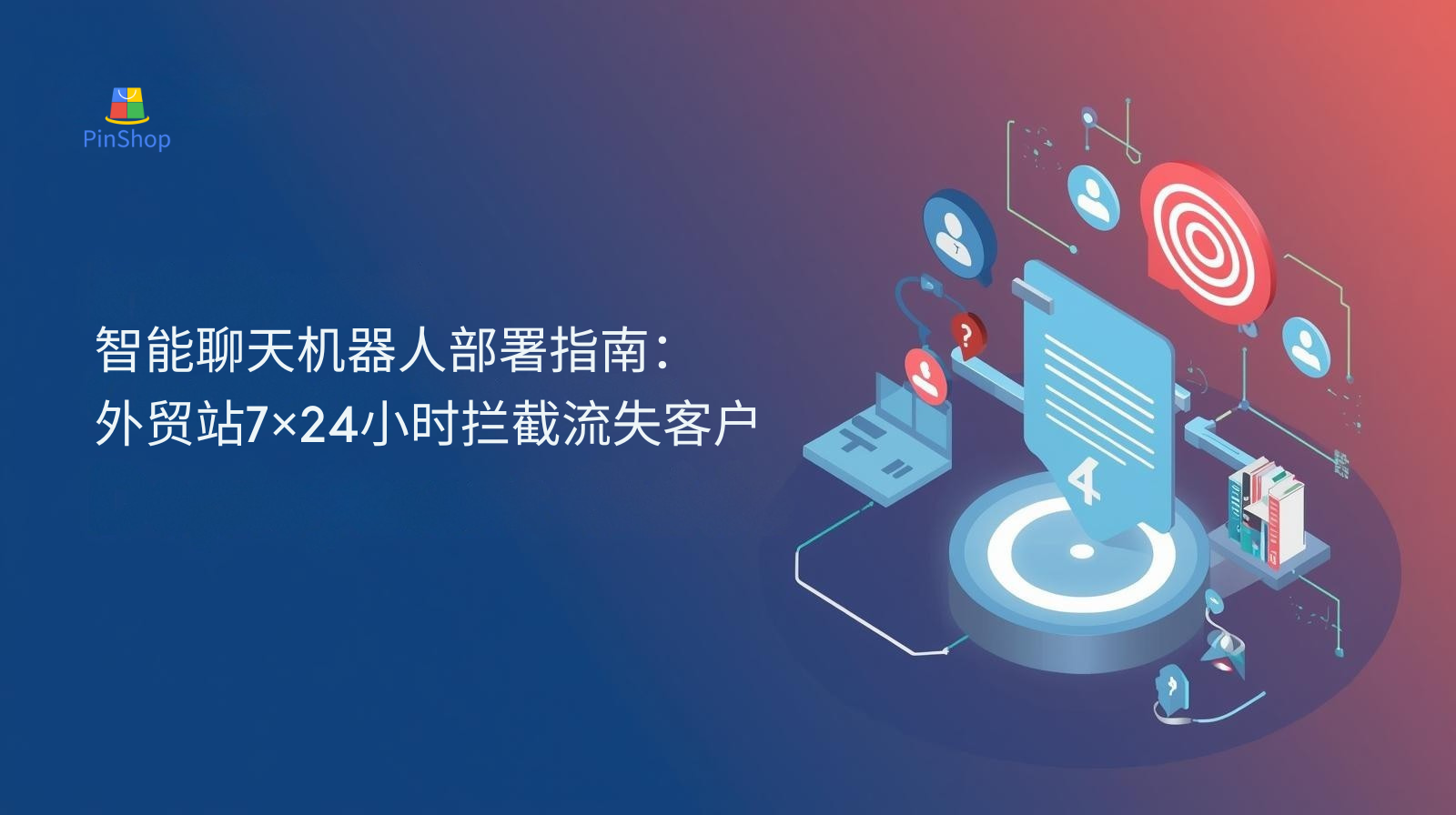Africa is becoming a rising blue ocean market for foreign trade companies. Unlike in Europe and the United States, African buyers' internet access is mobile-first, with over 200 million active users primarily accessing websites via mobile devices. This means that if a foreign trade website isn't mobile-friendly, it's effectively forgoing a vast potential customer base. Drawing on authoritative research, this article provides an in-depth analysis of how foreign trade websites can achieve mobile adaptation in the African market, thereby seizing this rapidly growing window of opportunity. 
1. The “Mobile First” Phenomenon in the African Market
In Africa, mobile internet penetration is far faster than fixed broadband, and most users access websites directly through their smartphones, skipping the PC stage.
User base : According to Statista data, more than 200 million active Internet users in Africa use mobile phones as their primary Internet access terminal, and double-digit growth is expected to continue in 2025.
Market opportunities : For foreign trade companies, the mobile access experience of African customers directly determines the number of inquiries.
Challenges : Many traditional foreign trade website building solutions are not optimized for mobile devices, resulting in slow loading and chaotic display, leading to rapid customer loss.
2. Why does mobile experience determine the success or failure of foreign trade website building?
Mobile adaptation is not only a user experience issue, but also the key to SEO and conversion.
Search engine rules : Google Search Central explicitly proposes "mobile-first indexing", which means that search rankings are mainly based on mobile page performance.
Customers have limited patience : Studies have shown that a loading delay of more than 3 seconds can increase the bounce rate of African users by more than 60%.
Trust and conversion rate : A website that displays smoothly on mobile phones can significantly increase the willingness to submit inquiries.
Therefore, when building a foreign trade website in the African market, the mobile terminal is not an "additional function", but the fundamental criterion for success or failure.
3. How to achieve “mobile-first” optimization when building a foreign trade website?
1. Responsive Design
Make sure your page adapts to different phone screen sizes to avoid fonts that are too small or buttons that are difficult to click.
2. Speed Optimization
Use lightweight images and videos, and cooperate with CDN acceleration.
Clean up redundant code and reduce HTTP requests.
3. Localization function
Provides common payment methods in Africa and WhatsApp instant communication access.
Added multiple language versions (such as English, French, Portuguese).
4. Data-driven optimization
Use Google Analytics and Baidu Statistics to track the access paths and exit points of African users and make continuous adjustments.
Research from the China Academy of Information and Communications Technology (CAICT) shows that websites that adopt a mobile-first design have an average overseas conversion rate that is over 65% higher than traditional websites.
4. Implementation suggestions from foreign trade bosses
Prioritize mobile experience : test each page from homepage to product pages.
Combine speed and localization in parallel : not only must it be fast, but it must also conform to local user habits.
Continuous updates : The mobile experience needs to be continuously optimized rather than launched all at once.
Choose a suitable platform : With the help of professional foreign trade website building platforms, you can reduce technical barriers and focus on market expansion.
Research by the World Trade Organization (WTO) shows that companies that control mobile traffic are more likely to gain a first-mover advantage in emerging markets. Africa presents a window of opportunity.
Recommended related articles: Foreign trade customer acquisition software + independent website: traffic conversion golden combination
Africa's 200 million mobile-first users present both a challenge and a tremendous opportunity for foreign trade companies. Website developers must shift from a PC-centric mindset to a mobile-first strategy. Only through responsive design, speed optimization, and localized functionality can they truly tap into this blue ocean market. Research from Statista , Google , CAICT , and the WTO clearly demonstrates that those who adapt to mobile first will seize the upper hand in the African market.
👉 If you're looking to quickly build a mobile-first, SEO-optimized, multilingual, and localized website, we recommend Pinshop . It can help business owners and foreign trade decision-makers seize the African blue ocean opportunity and achieve sustained customer acquisition and brand growth.










